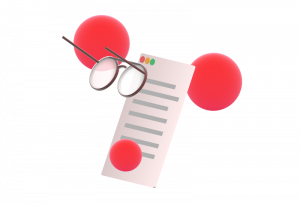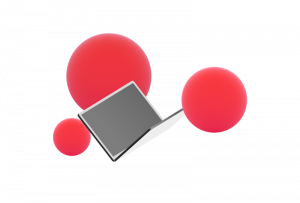The following is a summary of A Paradigm for Assessing the Scope and Performance of Predictive Analytics, by Jeffrey T. Prince. This paper was presented at the Technology Policy Institute Conference on The Economics and Policy Implications of Artificial Intelligence, February 22, 2018.
As use of artificial intelligence (AI) in academic and industry research has increased over the past decade, so too has use and discussion of “predictive analytics” techniques. Predictive analytics, or the use of data and AI to predict future events, is one key to making machine learning and AI useful to society. The type of prediction, however, has implications for how we should respond to that prediction.
In his paper, A Paradigm for Assessing the Scope and Performance of Predictive Analytics, Jeffrey T. Prince divides predictions into active and passive.
An active prediction is based on an exogenous event, meaning the prediction is more than mere correlation and may be interpreted causally. Active predictions are useful because they help predict an outcome if some event were to happen. Unfortunately, it is often difficult to find data that has been subject to a truly exogenous event, meaning that few predictions are truly active.
A passive prediction, by contrast, is one made by finding correlations in the data. Because this process is more observational rather than experimental, it cannot be used to answer if-then questions about possible events. Instead, it estimates how events move together without any assumptions about causality. As a baseline metric, passive prediction is useful because it helps define the environment and expectations for more advanced, or active, prediction analyses.
Prince provides examples to elaborate on active versus passive prediction. In retail, for example, predictions of how many customers drop service over time is passive prediction while predictions of how many customers drop service when a product or service is introduced is an active prediction. Similarly, we predict near-future weather by observing correlations between weather patterns. This is a passive prediction because it does not involve any exogenous events that we can influence. Predicting climate change, however, involves active prediction because it takes into account events, like carbon dioxide emissions, that are amenable to intervention.
Prince notes that active and passive prediction techniques are complementary. While they do not overlap, he notes, they each support both correlation and regression analyses. If the trend in use of predictive analytics continues, then the possibilities for applications are endless. Prince’s bifurcation represents a useful definition of terms and concepts to define this growing field.


